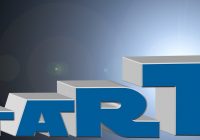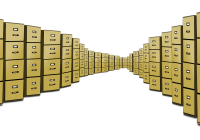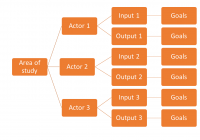How to write a Business Case
In a previous article A comprehensive guide to the major Business Analyst deliverables one of the first deliverables in a project or before a project is agreed is known as a business case. Other names that are used with similar content to a business case are Vision document or Feasibility study. The latter tends to have more detail in… Read More »










